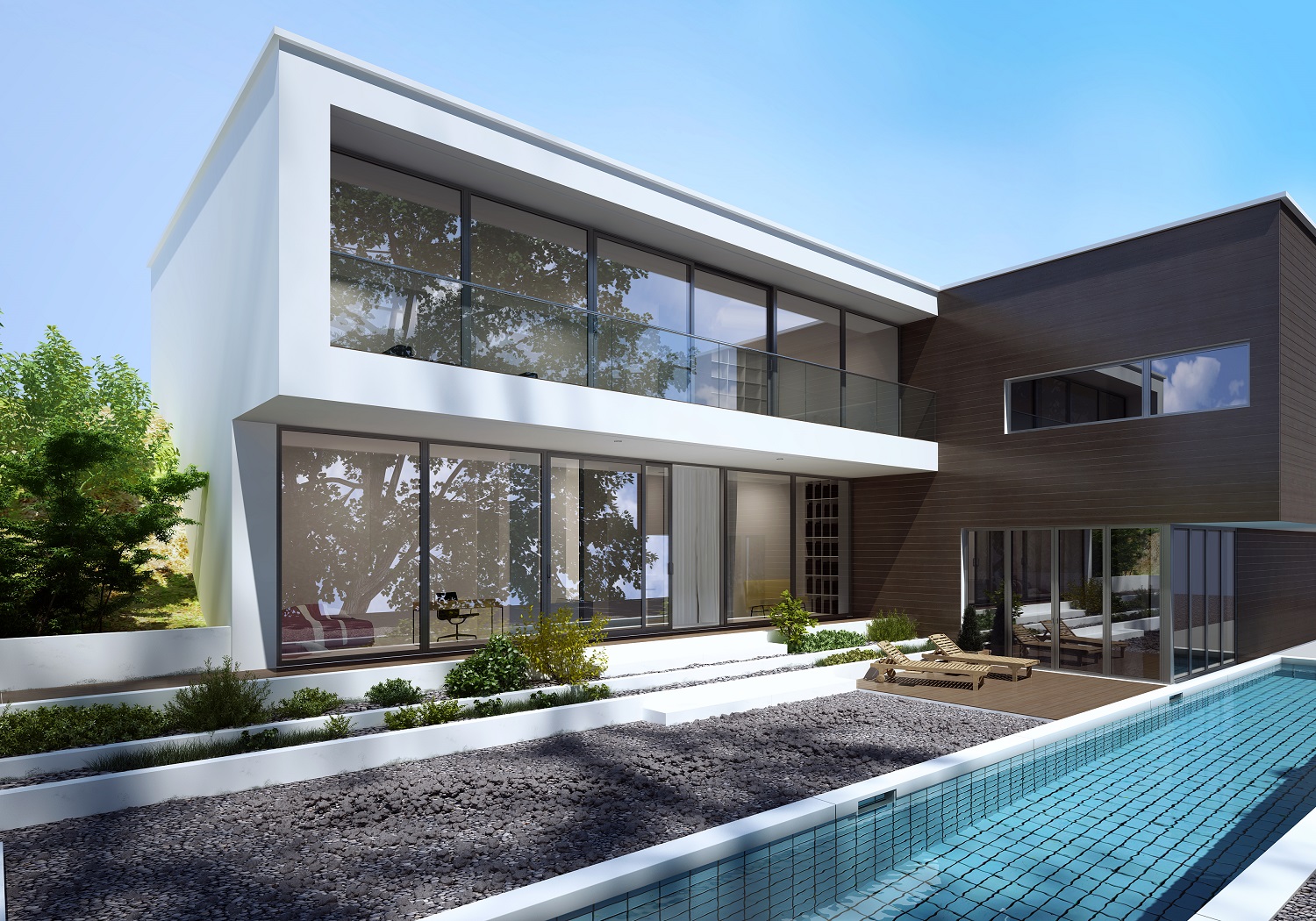Are passive houses the homes of the future?
The construction industry has undergone a number of revolutionary changes over the past decade or so. One of them is the passive house trend. A trend that is well on its way to becoming one of the basic building principles for housing, offices and public facilities in the near future.
Conventional and passive construction
The need for buildings to be as functional as possible is driving the construction industry to turn to increasingly modern technologies for building construction. These technologies are increasingly geared not only to provide adequate protection, but above all to significantly reduce the carbon footprint that buildings generate from laying foundations all the way through to demolition.
The significant impact of ecology on the construction industry means that today, more and more designers and investors are turning to solutions designed to maintain the functionality and profitability of the building under construction, while also introducing a range of solutions to minimise the impact on the environment and, more generally, to combat climate change.
Passive construction is the future
One of the most important solutions proposed by experts from the construction and architecture sectors is the trend of passive construction, i.e. designing buildings in such a way that they provide full functionality with significantly lower energy requirements compared to buildings built using traditional technologies.
How much can we save? By definition, a passive building is a structure with a maximum energy requirement of 15 kWh/m2/year. In contrast, buildings constructed using traditional technologies consume considerably more, up to 200 kWh/m2/year. This means that a passive building consumes up to ten times less energy over the course of a year, which has a huge impact on the costs it generates.
This is why today’s investors are increasingly often opting for passive technologies when constructing buildings intended to serve future generations. What solutions can support them in this process?

Siemens Campus, Didsbury Technology Park, Hebburn, UK. Systems used: MB-104 Passive, MB-SR50N
Is passive architecture the trend of the future?
The aforementioned global climate change has forced many sectors of the economy to rethink the way they operate. Therefore, in a relatively short period of time, the construction industry has begun to evolve towards ecological solutions that ensure a significant reduction in the carbon footprint of the production of components, construction and use of buildings, while also providing full functionality for subsequent users.
In this respect, passive technologies offer significant advantages over classical building solutions. From the investors’ point of view, three issues are of importance:
- up to ten times lower energy costs required to power passive buildings when compared to traditional buildings,
- lower risk of vacancy in new buildings due to, for example, the major role of ecology in the decision-making processes of tenants of commercial and private spaces,
- higher market value of buildings due to the use of future-oriented, emerging technologies.
This means that passive architecture is now in high demand and many building components manufacturers are developing dedicated products specifically for use in projects based on this trend. It is worth noting that passive construction is set to grow ever faster due to the global raw materials crisis and rising energy costs.

MB-104 Passive, Aluprof.com
Solutions dedicated to passive construction
In order to meet building standards, it is necessary to have the right window joinery, which has a very important function from the perspective of potential heat loss and effective passive energy gains. It is worth mentioning here the Aluprof brand systems, starting with MB-104 Passive windows and doors. Their characteristic feature is a high thermal insulation index (Uw from 0.53 W / m2K), ensuring the lowest possible heat loss and, consequently, lower expenses on heating or cooling the rooms depending on the conditions outside.
The product also holds the Passive House Institute Darmstadt certificate for components and technologies used in passive house construction.
The second noteworthy solution offered by Aluprof to investors interested in the passive architecture of buildings is the MB-SR50N HI+ façade, which has a thermal insulation index of >0.85 W/(m2K).
The aluminium used for both systems is manufactured using the latest industrial technologies to minimise the carbon footprint. Moreover, the company also uses recycled raw material, reducing its environmental impact even further.

Maraton, Poznań, Poland. Systems used: MB-70HI, MB-78EI, MB-78EI walls without mullions, MB-SR50N HI+.
